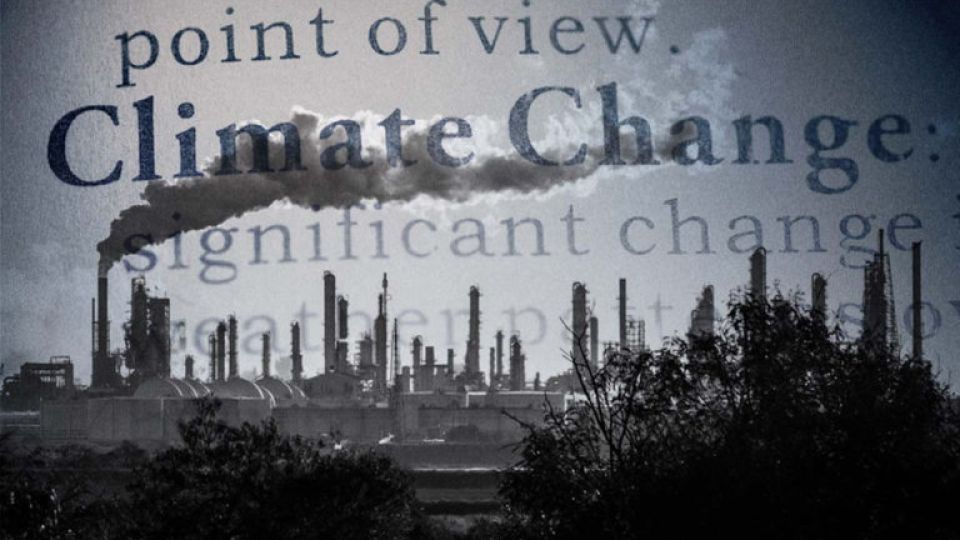August 23, 2022
MANILA, Philippines — Over a few decades, various climatic hazards triggered by the continuing emission of greenhouse gases (GHG) have worsened more than 100 infectious and other diseases as well as weakened capacities to cope with these.
In the study “Over half of known human pathogenic diseases can be aggravated by climate change,” Camilo Mora, a data scientist at the University of Hawaiʻi at Mānoa, and his colleagues examined how climate change could affect various diseases.
“The combination of numerous climatic hazards by the numerous pathogens reveals the potentially large number of interactions in which climatic hazards could aggravate human pathogenic diseases,” the scientists said.
Mora and his colleagues examined over 77,000 research papers, reports, and books for records of infectious diseases connected to climatic hazards that had been made worse by GHGs. They discovered that over half of the infectious diseases known to have made people ill had been aggravated by climate change.
These climatic hazards included warming, precipitation, floods, drought, storms, fires, heat waves, sea level rise, and others.
The study also explained how certain climatic hazards could serve as a bridge to bring pathogens and people close together.
In this article, INQUIRER.net will try to detail the rest of the findings from the research, which includes how climate change could influence the deadliness of pathogens and how it could weaken humanity’s coping capability. Climate change, however, is also helping some diseases grow weak.
Pathogens strengthened
The scientists discovered that various climatic hazards have direct impacts on some aspects of pathogens (bacteria, viruses, and other microorganisms that cause diseases) aside from bringing diseases and people closer.
This can happen through a rise in reproduction and acceleration in life cycles of pathogens driven by climate change. It can also bring about longer seasons for pathogens to be active and have extended lives, while incubation periods—the time it takes for diseases to show symptoms—are cut short. Virulence, or the deadliness of pathogens, also increases.

Study finds climate change, deadlier diseases go together
“Warming, for instance, had positive effects on mosquito population development, survival, biting rates, and viral replication, increasing the transmission efficiency of West Nile virus,” the study said.
“Storms, heavy rainfall, and floods created stagnant water, increasing breeding and growing grounds for mosquitoes and the array of pathogens that they transmit (for example, leishmaniasis, malaria, Rift Valley fever, yellow fever, St. Louis encephalitis, dengue, and West Nile fever),” the scientists said.
An example of a climate change-driven rise in pathogens’ ability to cause severe illness or virulence, is heat waves, which the study said serve as “natural selective pressure towards ‘heat-resistant’ viruses.”
When this happens, viruses are able to win over the human body’s main defense—fever—and become more virulent.
Weakening people’s coping abilities
Mora and his colleagues also found that climatic hazards can debilitate a person’s capacity to cope with pathogens by altering the body’s condition through:
- adding stress from exposure to hazardous conditions.
- forcing people into unsafe conditions.
- damaging infrastructure, forcing exposure to pathogens or reducing access to medical care.
For instance, the broad effects of climatic hazards on land and marine food supply, paired with the reduced concentration of nutrients in crops through high carbon dioxide (CO2) levels, can directly cause malnutrition—weakening immune response to diseases.
This can lead to an increased risk of food-deprived populations to disease outbreaks, such as measles and cholera.
Climate change due to the emission of GHGs was also linked to reduced resistance to various diseases among humans.
“For instance, failure of the human immune system to adjust to large changes in temperature was suggested as a likely mechanism to explain outbreaks of influenza,” the scientists said.
“Likewise, stress, via changes in cortisol and down-regulation of inflammatory response, can reduce the body’s capacity to cope with diseases,” they added.

GRAPHIC: Ed Lustan
Mora and his colleagues also noted that “[e]xposure to life-threatening conditions such as floods and hurricanes, extraneous conditions during heat waves and depression from lost livelihood due to drought are a few examples in which climatic hazards are inducive to stress and cortisol variations and a likely mechanism by which climatic hazards reduce the body’s capacity to deal with pathogens.”
Climatic hazards have also forced people into unsafe situations, which lead to an increase in the risk of disease outbreaks.
For example, drought and reduced water supply force people to consume unsafe drinking water—which then causes outbreaks of diarrhea, cholera, and dysentery. It also causes poor sanitation, which is liked to lead to certain diseases such as chlamydia, cholera, conjunctivitis, diarrhea, dysentery, salmonella, scabies, and typhoid fever.
“For instance, floods, heavy rain and storms were related to damages in sewage systems and disrupted potable water involved in outbreaks of cholera, diarrhoea, hepatitis A, hepatitis E, leptospirosis, acanthamoebiasis, cryptosporidiosis, cyclosporiasis, giardiasis, rotavirus, shigellosis, and typhoid fever,” the study found.
“By reducing access to medical health, basic supplies or reducing income, these hazards were associated with outbreaks of gonorrhea and other venereal diseases,” it added.
Disease diminished
While climatic hazards were found to exacerbate hundreds of infectious diseases and non-transmissible conditions, it also caused some of the diseases to be diminished.
“Warming, for instance, appears to have reduced the spread of viral diseases probably related to unsuitable conditions for the virus or because of a stronger immune system in warmer conditions (for example, influenza, SARS, COVID-19, rotaviral and noroviral enteritis),” Mora and his colleagues wrote.
“For instance, in some cases, schistosomiasis infections were reduced by floods, limiting habitat suitability of the snail host. However, in other cases, floods increased human exposure and broadened the dispersal of the host,” the study stated.
“Droughts also reduced the prevalence of malaria and chikungunya via reduction of breeding grounds, but in others, drought led to increased mosquito density in reduced water pools,” it added.


